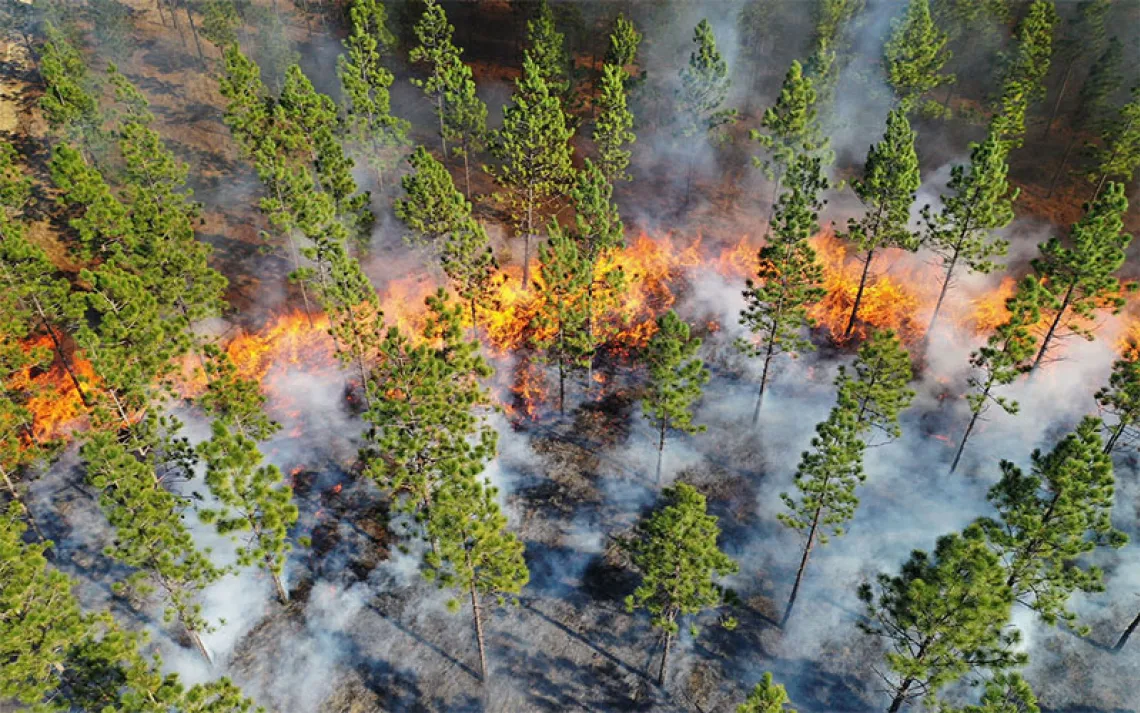For This Teen, Graywater Is the New Recycling
Shreya Ramachandran built a graywater system, and you can build one too

Shreya Ramachandran holds workshops on how to install graywater systems. | Photo by Jen Siska
When Shreya Ramachandran was in sixth grade, she became obsessed with water scarcity. It was an unusual preoccupation for an 11-year-old, but when visiting California's Central Valley for an archery competition, she had learned about the historic drought then underway that was devastating the area's farmers. Not long afterward, she visited her grandparents in India and encountered taxi drivers who'd been forced to abandon their farms when the annual monsoon had failed to arrive.
Ramachandran began researching water conservation online. She grew fascinated with graywater systems–plumbing designed to reuse household water by redirecting water from washing machines into lawns and yards, for example. "It's water conservation on a whole different level," she says.
But Ramachandran also learned that toxic chemicals in some laundry detergents can render water unsuitable for reuse. She started to experiment with soap nuts–the berry shells of Sapindus mukorossi (a tree in the lychee family), which release a natural cleaning agent and are traditionally used for shampoo in India–and determined that they were safe to use in graywater systems. She presented her findings at various science fairs, and people were intrigued.
By the time she was in eighth grade, Ramachandran had built her own graywater system; her parents let her drill a hole in the side of their house to install the PVC piping that channels water to the plants and trees in their yard. Shortly after, she started the Grey Water Project (thegreywaterproject.org) to teach others how to install their own systems.

Make every day an Earth Day
Get articles like this one sent directly to your inbox.
With this action you affirm you want to receive Sierra Club communications and may vote on policy designated by the Sierra Club Board.
Now a sophomore in high school, Ramachandran holds regular how-to workshops at libraries and Earth Day events and gives school presentations on water conservation and reuse. She is also designing a curriculum on the topic for teachers. "You learn about recycling when you're in elementary school, and it just becomes second nature," she says. "I want that to happen with graywater."
This article appeared in the May/June 2019 edition with the headline "From Soap to Nuts."
Water Waste
Approximately half the water used annually in a typical household–about 73,000 gallons–can be reused to water lawns and gardens.
 The Magazine of The Sierra Club
The Magazine of The Sierra Club



